CEED 2024 Question paper with answer key pdf conducted on January 21, 2024 is available for download. The exam was successfully organized by IIT Bombay. In terms of difficulty level, CEED 2024 was considered easy. The question paper comprised a total of 49 questions divided among 4 sections.
CEED 2024 Question Paper with Answer Key PDF
| CEED 2024 Question Paper 2024 with Answer Key | Check Solutions |
CEED 2024 Questions with Solutions
Question 1:
The two objects on the left have a height of 1 cm and sides of 4 cm. The yellow object on the right has a total height of 5 cm. The cylindrical base of the yellow object has a diameter of 6 cm and a height of 1 cm. The two objects on the left are to be stacked on the yellow object on the right. After all the objects are stacked together, how many outer surfaces will the resulting structure have?

View Solution
Step 1: Analyze the given structure.
The two objects on the left are hollow cuboids with a square outer surface and a square cut-out in the center.
- Each cuboid has four outer vertical surfaces, one top surface, and one bottom surface.
- The cut-out adds four inner vertical surfaces.
Step 2: Count the visible outer surfaces when stacked.
- The two cuboids contribute: 4 (outer vertical) + 4 (inner vertical) + 1 (top) + 1 (bottom) = 10 surfaces per cuboid. For two cuboids: 10 * 2 = 20 surfaces.
- The yellow object contributes: 1 (cylindrical base top) + 1 (cylindrical base bottom) + 1 (pillar top) + 2 (pillar vertical sides) = 5 surfaces.
Step 3: Total visible surfaces.
Adding all contributions: 20 (from two cuboids) + 5 (from yellow object) = 25 total surfaces.
Question 2:
A "group of letters” has a few letters flipped on vertical axis. The mirror image of this "group of letters” is shown below. What is the total number of flipped letters in the group?

View Solution
Step 1: Identify letters flipped along the vertical axis.
The letters flipped include: p, q, b, d, m, w, n. This gives a count of 7.
Step 2: Evaluate potential ambiguities.
Some interpretations may also consider 6 and y as flipped based on visual resemblance, which would add 2 more flipped letters.
Step 3: Conclude the possible answers.
The total flipped letters could be: 7 or 9.
Question 3:
How many unique shapes are there in the image below?

View Solution
Step 1: Analyze the shapes in the image.
The shapes in the image include variations of geometric and abstract forms.
Step 2: Identify the unique shapes.
Upon observing carefully, we find 10 distinct shapes in the image. These include various orientations of hearts, diamonds, spades, clubs, and other abstract shapes. Rotations or reflections of the same shape are not counted as unique.
Step 3: Conclude the number of unique shapes.
The total number of unique shapes is: 10.
Question 4:
How many paper cups (of the dimensions shown below) can be made from one A4 paper?

View Solution
Step 1: Determine the dimensions of the paper cup.
The paper cup has a frustum shape with a height of 6.5 cm, top diameter 6.5 cm, and bottom diameter 5.5 cm.
Step 2: Calculate the lateral surface area of one cup.
The lateral surface area of a frustum is given by: Lateral Area = π(r1 + r2) * l, where r1 = 3.25 cm, r2 = 2.75 cm, and l = √(6.5)² + (3.25 - 2.75)² ≈ 6.52 cm. Substituting values: Lateral Area = π(3.25 + 2.75) * 6.52 ≈ 125.4 cm².
Step 3: Compare with the area of an A4 paper.
The total area of A4 paper is 21 cm * 29.7 cm = 623.7 cm².
Step 4: Calculate the number of cups.
Each cup requires 125.4 cm². The number of cups that can be made is: Number of cups = 623.7 / 125.4 ≈ 3.
Question 5:
Figure P is the image of a complete bicycle. If parts can be shared between two or more bicycles and flipping of Figure P is allowed, how many complete bicycles are there in Figure Q?

View Solution
Step 1: Count the number of shared components in Figure Q.
Each bicycle consists of a frame, two wheels, and a set of pedals. In Figure Q, parts like wheels and frames are shared between multiple bicycles.
Step 2: Calculate the maximum number of bicycles.
- Total wheels in the structure: 32. Since each bicycle requires 2 wheels: Maximum bicycles from wheels = 32/2 = 16.
- Total frames in the structure: 16. Since each bicycle requires 1 frame, this matches the number from the wheels.
Step 3: Conclude the number of bicycles.
The number of complete bicycles that can be formed is: 16.
Question 6:
What number will replace the question mark?

View Solution
Step 1: Analyze the pattern in the given rows.
Each row follows a relationship where the product of the first two numbers equals the third number in the row.
Step 2: Verify the pattern for the first two rows.
- For the first row: 2 * 4 = 8, and 12 = 8 * 1.5.
- For the second row: 10 * 5 = 50, and 75 = 50 * 1.5.
Step 3: Apply the pattern to the last row to find the missing number.
For the third row: 12 * 9 = 108, and ? = 108 * 1.5 = 162.
Step 4: Conclude the answer.
The number replacing the question mark is: 162.
Question 7:
Coloured cubes (red and yellow) of equal size are arranged and stacked to form the cuboidal structure as shown in the image. If the ratio of the number of yellow cubes to that of the red cubes is 1 : 3, how many yellow cubes are NOT visible in the image?

View Solution
Step 1: Calculate the total number of cubes in the structure.
The structure is a cuboid with dimensions 4 x 3 x 3. The total number of cubes is: Total cubes = 4 * 3 * 3 = 36.
Step 2: Determine the number of yellow and red cubes.
The ratio of yellow cubes to red cubes is 1 : 3. Using this ratio: Yellow cubes = (1/(1+3)) * 36 = (1/4) * 36 = 9, Red cubes = 36 - 9 = 27.
Step 3: Count the visible yellow cubes from the image.
From the image, the visible yellow cubes are distributed across three faces:
- Front Face (4 x 3): The front face shows 3 yellow cubes.
- Right Face (3 x 3): The right face shows 3 yellow cubes.
- Top Face (4 x 3): The top face shows 3 yellow cubes.
Step 4: Account for overlapping visible yellow cubes.
- 1 yellow cube is visible on all three faces (front, right, and top).
- 2 yellow cubes are visible on two faces (front and top).
Step 5: Calculate the number of hidden yellow cubes.
The total number of yellow cubes is 9, and the number of visible yellow cubes is 6. Therefore, the number of hidden yellow cubes is: Hidden yellow cubes = 9 - 6 = 3.
Question 8:
Shown below is the view and cross-section of a seat belt used in aeroplanes. Part X has four different components P, Q, R, and S. How many springs are required to be fixed on the part S to make the seat belt work?

View Solution
Step 1: Analyze the function of the seat belt mechanism.
The seat belt system relies on part S for maintaining tension and allowing controlled movement.
Step 2: Examine the role of part S in the diagram.
From the cross-section, it is clear that part S is responsible for returning the belt to its original position after it is extended. To achieve this functionality, only one spring is necessary to provide the required tension.
Step 3: Conclude the number of springs.
The seat belt mechanism requires: 1 spring on part S.
Question 9:
Shown below (on the left) is the top view of a 3D form. Identify the possible front view(s).

View Solution
Step 1: Analyze the top view.
The top view shows two circles with a diamond shape between them. The diamond connects the two circles.
Step 2: Match the possible front views.
- Option C: This shows a pyramid (diamond in the top view) connecting two semi-circles, which matches the structure.
- Option D: This shows a triangular prism (front of the diamond) connecting two blocks that correspond to the circles.
Step 3: Eliminate incorrect options.
Option A and B do not represent the diamond or circles correctly from the front perspective.
Step 4: Conclude the answer.
The possible front views are: C and D.
Question 10:
The pixels in the image on the left are shifted horizontally to create one or more options on the right side. Identify the correct option(s).

View Solution
Step 1: Observe the original pixel pattern on the left.
The pattern spells "SAW” using blue pixels. The horizontal alignment of the letters is consistent.
Step 2: Compare with each option.
- Option A: The pixel arrangement matches "SAW” with slight horizontal shifts. Correct.
- Option B: The arrangement distorts the pixel alignment of "SAW”. Incorrect.
- Option C: The pixel alignment is horizontally shifted but preserves the form of "SAW”. Correct.
- Option D: The pixel arrangement does not align with "SAW”. Incorrect.
Step 3: Conclude the answer.
The correct options are: A and C.
Question 11:
Sal tree seed moves in a particular manner while free falling. Which toy(s) given below has/have a similar movement?

View Solution
Step 1: Understand the movement of a Sal tree seed.
The seed rotates and spirals as it falls due to its wing-like structure.
Step 2: Compare with each toy.
- Option A: Fidget spinner — Does not simulate spiral or winged motion. Incorrect.
- Option B: Spinning top — Spins on a surface, does not replicate free-falling motion. Incorrect.
- Option C: Propeller toy — Rotates and spirals during free fall. Correct.
- Option D: Helical rotor toy — Exhibits spiral motion similar to the seed. Correct.
Step 3: Conclude the answer.
The toys with similar movement are: C and D.
Question 12:
Which option(s) is/are NOT a part of the image on the left?

View Solution
Step 1: Compare each option with the original image.
- Option A: Matches a portion of the mushroom in the top left. Correct.
- Option B: The pink and orange section is not part of the image. Incorrect.
- Option C: Does not match any part of the image. Incorrect.
- Option D: Matches the witch figure in the lower section. Correct.
Step 2: Conclude the answer.
The options not part of the image are: B OR B, C.
Question 13:
A professional animation studio has created a paper cut-out model with movable joints as shown below. This is to be used for an animation feature film. Which material(s) will the studio use for the joints?

View Solution
Step 1: Analyze the purpose of the joints.
The joints need to be movable and durable to enable smooth animation movements.
Step 2: Match materials with requirements.
- Nylon Wire: Flexible and strong, suitable for movable joints. Correct.
- Eyelet Rivet: Commonly used for creating rotating or movable connections. Correct.
- Mouldable Clay: Not durable for repeated movements. Incorrect.
- Chalk: Brittle and unsuitable for mechanical joints. Incorrect.
Step 3: Conclude the answer.
The materials used for the joints are: A and C.
Question 14:
Which of the materials given in the options is/are used in the painting style shown below?

View Solution
Step 1: Analyzing the Painting Style.
The painting shown is a traditional Mandala, characterized by intricate patterns and vibrant colors. Such artwork often uses natural pigments derived from minerals and incorporates gold.
Step 2: Material Usage in Traditional Paintings.
- Minerals: Natural pigments such as cinnabar, lapis lazuli, and malachite are commonly used to create vibrant colors.
- Gold: Often applied in thin sheets or as a pigment, gold symbolizes wealth and divinity in traditional art.
Step 3: Excluding Other Options.
- Brick: Not used in the creation of paintings but rather in architecture.
- Vegetables: While natural dyes from plants are sometimes used, they are not prominent in this style.
Question 15:
Four-wheeler vehicles are trying to take a circular path around the marked point in the center. Select the vehicle(s) with the correct wheel positions.

View Solution
Step 1: Understand correct wheel alignment for circular motion.
The inner wheels must turn at sharper angles compared to the outer wheels to follow a circular trajectory.
Step 2: Analyze each option.
- Option A: Inner and outer wheels are aligned correctly. Correct.
- Option B: Shows accurate alignment for circular motion. Correct.
- Option C: Incorrect wheel alignment, as the inner and outer wheels do not support circular motion. Incorrect.
- Option D: Correct wheel alignment for circular motion. Correct.
Step 3: Conclude the answer.
The vehicles with correct wheel positions are: A, B, D.
Question 16:
9 coloured tiles are arranged in a 3x3 grid as follows:
1. Red, Blue and Purple are in the corners.
2. Brown, Pink and Yellow are arranged linearly.
3. Black touches Green and Blue.
4. Orange does not touch Brown and Pink.
5. Blue touches Pink.
6. Red touches Brown.
Which of the statements is/are TRUE?
View Solution
Step 1: Analyze the tile arrangement based on the clues.
From the given clues, we can systematically deduce the placement of tiles.
- Clue 1: Places Red, Blue, and Purple in corners.
- Clue 2: Aligns Brown, Pink, and Yellow in a straight line.
- Clue 3: Ensures Black is adjacent to both Green and Blue.
- Clue 5: Blue must touch Pink, confirming Blue's position near the center.
Step 2: Evaluate each option.
- (A) Additive primary colours (Red, Green, Blue) are not in a diagonal arrangement. Incorrect.
- (B) Red and Green are either in the same row or column. Correct.
- (C) Purple and Green are diagonally opposite to each other. Correct.
- (D) Pink is not at the centre; Blue is. Incorrect.
Step 3: Conclude the correct answer.
The correct statements are (B) and (C).
Question 17:
Tile X was used to create a seamless pattern. Which tile(s) from the options will also create a seamless pattern?

View Solution
Step 1: Understand the requirements for a seamless pattern.
Seamless patterns must align without gaps or overlaps when repeated.
Step 2: Analyze each tile.
- Option A: Creates a seamless pattern as it aligns perfectly. Correct.
- Option B: Also aligns seamlessly, making it correct.
- Option C: Fails to align seamlessly due to irregular edges. Incorrect.
- Option D: Overlaps and fails the seamless pattern criteria. Incorrect.
Step 3: Conclude the correct answer.
The tiles that create seamless patterns are A and B.
Question 18:
Which of the option(s) is/are created by the stamp shown on the left?

View Solution
Step 1: Understand how the stamp imprints work.
The imprint is a mirror image of the stamp design.
Step 2: Match each option with the stamp's imprint.
- Option C: Matches the mirror alignment of the stamp. Correct.
- Option D: Also matches the inverted design of the stamp. Correct.
- Option A and B: Neither matches the stamp's imprint. Incorrect.
Step 3: Conclude the correct answer.
The correct options are C and D.
Question 19:
A tank is converted to treat organic waste water from kitchen as shown in the figure below. Biogas gets accumulated on top part of the tank. Which of the following options is a suitable location for drilling an air hole to maintain the water level inside the tank?

View Solution
Step 1: Analyze the function of the air hole.
An air hole is needed to release accumulated biogas, which otherwise creates pressure and prevents the proper functioning of the system.
Step 2: Determine the correct location for drilling.
The highest point of the tank is ideal for drilling the air hole since biogas collects at the top. This ensures smooth removal of gas and maintains the water level.
Step 3: Conclude the answer.
The suitable location for the air hole is: C - At the highest point of the tank.
Question 20:
Which option will replace the question mark?

View Solution
Step 1: Analyze the pattern.
The pattern alternates between shaded and unshaded faces in a regular sequence. Each rotation creates a new perspective.
Step 2: Match the missing pattern.
Option B correctly aligns the next shape in the sequence by continuing the alternation of shaded faces.
Step 3: Conclude the answer.
The option replacing the question mark is: B.
Question 21:
Parts of the letters have been hidden by vertical strips in the given options. Which option contains a meaningful word with correct spelling?4

View Solution
Step 1: Identify possible words.
Analyze each option by filling in the hidden parts to form meaningful words.
Step 2: Verify each option.
- Option A: No meaningful word. Incorrect.
- Option B: No meaningful word. Incorrect.
- Option C: No meaningful word. Incorrect.
- Option D: Forms "ROUTE,” which is meaningful and correctly spelled. Correct.
Step 3: Conclude the answer.
The meaningful word with correct spelling is: D - ROUTE.
Question 22:
Which option will replace the question mark?

View Solution
Step 1: Identify the sequence of changes.
The sequence alternates between overlapping and separating shapes in a consistent manner.
Step 2: Match the next shape.
Option B continues the sequence by correctly aligning the overlapping purple and pink shapes.
Step 3: Conclude the answer.
The option replacing the question mark is: B.
Question 23:
Given is the one side of a folded sheet of paper with green color on one side and red color on the other side. Find the correct option when this sheet is unfolded. Dotted lines represent the fold lines.

View Solution
Step 1: Analyze the folding and unfolding process.
When unfolded, the sheet mirrors the folded design along the dotted lines.
Step 2: Match the unfolded pattern.
Option C shows the correct symmetry and positioning of the red and green regions.
Step 3: Conclude the answer.
The correct option is: C.
Question 24:
One square and 4 triangles given below are used to make shapes without overlapping. Among the options, which is the shape that CANNOT be made?

View Solution
Step 1: Understand the given components.
One square and four triangles are available. All shapes must be made without overlapping these components.
Step 2: Analyze each option.
- Option A: Possible arrangement using one square and four triangles. Correct.
- Option B: Possible arrangement of components. Correct.
- Option C: Matches the available shapes without overlapping. Correct.
- Option D: Cannot be formed as the given components cannot be arranged to form the shape without overlapping. Incorrect.
Step 3: Conclude the answer.
The shape that CANNOT be made is: D.
Question 25:
A glider toy as shown in the image below is usually made with Balsa wood. Due to the unavailability of Balsa wood, a student is considering an alternative material. Considering the density of the material that is required to make the fuselage, which will be the most suitable option?

View Solution
Step 1: Understand the properties of Balsa wood.
Balsa wood is lightweight and has a low density, making it ideal for flight dynamics. Any alternative material must have similar characteristics.
Step 2: Analyze the given options.
- Rattan cane: Relatively dense, not suitable. Incorrect.
- Jute plant stem: Lightweight and low density, suitable as an alternative. Correct.
- Pine wood: Denser than jute, not suitable. Incorrect.
- Mango wood: Very dense, unsuitable for the glider. Incorrect.
Step 3: Conclude the answer.
The most suitable material is: B - Jute plant stem.
Question 26:
What is the internal mechanism for producing the wobbling head movement in the toy shown below? Assume that the toy needs to be mass manufactured.

View Solution
Step 1: Understand the wobbling mechanism.
The head movement requires flexibility and oscillation to produce the wobbling effect. A spring provides this motion efficiently.
Step 2: Analyze each option.
- Spring: Allows smooth wobbling motion and is easy to manufacture. Correct.
- Torsion bar: Not suitable for wobbling motion. Incorrect.
- Pivot mechanism: Provides rotational movement but not wobbling. Incorrect.
- Ball joint: Suitable for rotation but not wobbling. Incorrect.
Step 3: Conclude the answer.
The internal mechanism for wobbling is: A - Spring.
Question 27:
A sequence of a man sleepwalking is shown below. Which frame is incorrect?

View Solution
Step 1: Analyze the sequence of movement.
Sleepwalking requires smooth transitions between frames, mimicking realistic walking motion.
Step 2: Identify the incorrect frame.
- Frame A disrupts the motion by showing an unrealistic leg position. Correct.
- Frames B, C, and D follow natural movement patterns. Incorrect.
Step 3: Conclude the answer.
The incorrect frame is: A.
Question 28:
Shown below is an animation of a fish jumping. At which point, we need to draw maximum number of frames?

View Solution
Step 1: Understand the motion dynamics.
Maximum frames are needed at the peak of motion (Point C) to create smooth animation.
Step 2: Analyze the movement.
- At Point C, the fish slows down momentarily before descending, requiring more frames for realism. Correct.
- At other points (A, B, D), the motion is faster and requires fewer frames. Incorrect.
Step 3: Conclude the answer.
The point requiring maximum frames is: C.
Question 29:
Which among the following shapes has the largest area?

View Solution
Step 1: Compare the given shapes.
Each shape is composed of hexagonal units. The area of each shape can be determined by counting the number of hexagonal units.
Step 2: Count the number of hexagons in each shape.
- Option A: 5 hexagons.
- Option B: 7 hexagons.
- Option C: 6 hexagons.
- Option D: 6 hexagons.
Step 3: Conclude the shape with the largest area.
Option B, with 7 hexagons, has the largest area.
Question 30:
Which option will replace the question mark?

View Solution
Step 1: Understand the problem.
The question involves summing shapes by adding blocks to match the final given figure.
Step 2: Analyze the shapes.
The first two shapes combine to form a partial star shape. Adding the missing blocks from Option A completes the full star figure.
Step 3: Verify the answer.
Option A provides the correct set of blocks to complete the star. Other options do not match.
Question 31:
Part X and part Y are to be assembled together to make a hanger in such a way that it can be disassembled, if required. Which of the following is not an appropriate option to join part X and part Y?

View Solution
Step 1: Analyze the joining mechanisms.
Joining methods must allow disassembly without damage.
Step 2: Examine each option.
- Option A: A sliding mechanism, suitable for disassembly. Correct.
- Option B: A rigid joint that cannot be easily disassembled. Incorrect.
- Option C: A snap-fit mechanism, suitable for disassembly. Correct.
- Option D: A threaded joint, suitable for disassembly. Correct.
Step 3: Conclude the answer.
Option B is not appropriate for a disassemblable joint.
Question 32:
Q is shot with higher focal length than P. Arrange 1, 2, 3, 4 in the ascending order of the focal length they are shot with.

View Solution
Step 1: Understand the relationship between focal length and field of view.
Lower focal lengths produce wider fields of view. Higher focal lengths produce narrower fields of view.
Step 2: Analyze the images.
- Image 4 has the widest field of view (lowest focal length).
- Image 2 has the narrowest field of view (highest focal length).
Step 3: Arrange in ascending order.
2, 4, 1, 3.
Question 33:
Identify the most ideal condition for the boat to approach the station.

View Solution
Step 1: Analyze wind and flow direction.
The boat should ideally move against the flow for better control.
Step 2: Examine each option.
- Option A: Wind and flow are aligned, allowing better navigation. Correct.
- Options B, C, D: Other conditions make docking harder due to misaligned forces. Incorrect.
Step 3: Conclude the answer.
A
Question 34:
A perspective view of four frames spaced from near to far at equal intervals is seen on the left. The frames perfectly align without any overlaps in this view. The options show the same frames arranged side by side on a single plane. Which of the frames in the options is the farthest from the viewer in the perspective view?

View Solution
Step 1: Analyze the perspective view.
The frames are aligned such that the largest frame is nearest to the viewer and the smallest is farthest. The given perspective view shows the smallest frame as the one in the innermost position.
Step 2: Identify the arrangement in the options.
In Option A, the smallest frame is placed at the farthest position, which matches the perspective view. Therefore, Option A is correct.
Question 35:
Which option will replace the question mark? Analyze the given pattern and identify the missing figure.

View Solution
Step 1: Analyze the pattern formation.
Each step involves adding or subtracting elements from the given figures. The pattern in the first two rows shows that combining shapes creates new forms by overlaying their structures.
Step 2: Apply the logic to the third row.
The final figure should be a combination of the star shapes overlayed without additional elements. Option C matches this pattern.
Question 36:
Which option is correct for all the signs given below (from left to right)? Interpret the meaning of each symbol.

View Solution
Step 1: Interpret the signs one by one:
- The triangular sign indicates "Give way.”
- The circular red sign with a bar indicates "No entry."
- The next sign shows a "Height limit of 5M.”
- The fourth sign indicates "No overtaking."
- The last sign indicates "No stopping."
Step 2: Match the interpretation with the options.
Option B correctly interprets all the signs in order.
Question 37:
Which option cannot be used to create the given image below? The options may be rotated.

View Solution
Step 1: Decompose the given image into its components.
The symmetrical pattern involves elements arranged at equal angles.
Step 2: Compare with the options.
Option C does not match the symmetry of the given image even after rotation. The other options can recreate the pattern through rotation.
Question 38:
A piece of paper is folded and cut as shown below. Which is the correct option when the paper is unfolded?

View Solution
Step 1: Visualize the folding and cutting process.
The paper is folded twice to form a triangular shape. The cut patterns will be mirrored when unfolded due to the folds.
Step 2: Analyze the resulting pattern.
Option C accurately represents the mirrored and repeated cut pattern when the paper is unfolded.
Question 39:
Which option will replace the question mark?

View Solution
Step 1: Analyze the first equation.
The shapes add up to a single unit.
Step 2: Observe that the second equation's shapes equal 2.
Step 3: From the pattern, infer the missing sum in the last equation.
The left-side shape values sum up to 7.
Question 40:
What is the total area of the black image below?

View Solution
Step 1: The black region is made up of curved segments with dimensions proportional to X2.
Step 2: Total area is derived by summing all segments: 8X2.
Step 3: Simplify and verify calculations for accuracy.
Question 41:
An animator is animating a bouncing ball along the dotted path as shown below. Which option is FALSE?

View Solution
Step 1: At P, the ball stretches vertically due to impact forces.
Step 2: At Q, horizontal stretching occurs as the ball rebounds.
Step 3: At S, the ball deforms slightly upon impact. Thus, (D) is false.
Question 42:
Which among the following options is the correct top view?

View Solution
Step 1: Analyze the perspective diagram carefully.
Step 2: Verify alignment of all bike racks in the top-down view.
Step 3: Match the correct alignment to identify C.
Question 43:
The annual profit chart of a company is given below. Which option is the correct statement?

View Solution
Step 1: Calculate profits in 1965 and 1970: 40 and 90, respectively.
Step 2: Percentage increase = (90-40)/40 * 100 = 125%. Thus, it is more than 75%.
Step 3: Verify other statements similarly. Only A is correct.
Question 44:
The image on the left is rotated 90° clockwise and then flipped along the vertical axis. Which option represents the resulting image?

View Solution
Step 1: Rotate the image 90° clockwise.
Step 2: Flip the resulting image along the vertical axis.
Step 3: Match the resulting shape to D.
Question 45:
7-year-old Chinnu has collected all her old toys in a carton. The carton weighs around 2 kg. Draw Chinnu lifting the box and keeping it in the top shelf of her cupboard in the 4 frames given in the answer sheet.
View Solution
Step 1: Begin by sketching Chinnu in a standing pose, preparing to lift the box. Focus on her body posture and facial expression to depict anticipation.
Step 2: In the second frame, draw Chinnu slightly bending down to lift the box, showing the weight of the box through exaggerated arm and back strain.
Step 3: In the third frame, sketch Chinnu holding the box halfway, with her body tilted slightly backward for balance. Use expressive face and arm positions to convey effort.
Step 4: Finally, draw Chinnu placing the box on the top shelf of the cupboard, with a relieved expression and her arms stretched upward.
Question 46:
Imagine the human head as a cube. With this scenario, illustrate the following interactions inside the given boxes (in the answer booklet) in this order: 1. Human-human. 2. Human-animal. 3. Human-environment. 4. Human-object.
View Solution
Step 1: For Human-human interaction, draw two cube-headed humans interacting, such as shaking hands or talking. Use exaggerated expressions to make it humorous.
Step 2: For Human-animal interaction, draw a cube-headed human feeding or playing with an animal (e.g., a cube-headed dog). Use body language to express their relationship.
Step 3: For Human-environment interaction, depict a cube-headed human interacting with an environmental element, such as planting a tree or enjoying the rain. Show the environment as part of the interaction.
Step 4: For Human-object interaction, illustrate a cube-headed human using or holding an object (e.g., playing with a cube-shaped box). Emphasize creativity in the interaction.
Question 47:
Visual Sensitivity Shown below are two letters A & B of an ornamental font. Using this font style, create the word "Forest” (the first letter in uppercase and the remaining in lowercase).

View Solution
Step 1: Observe the given ornamental fonts of "A" and "B". Identify the following characteristics: The curved decorations and loops on the letters. The bold and thick main strokes with specific embellishments.
Step 2: Use similar ornamental details to design the uppercase "F" for the word "Forest”. Ensure the embellishments are consistent in style.
Step 3: For lowercase letters "o, r, e, s, t”:
Design letters proportionally smaller to the uppercase "F". Apply similar font anatomy and ornamentation with smooth curves.
Step 4: Ensure rendering precision by maintaining alignment, spacing, and stylistic harmony among the letters.
Question 48:
Inspired from the given three-dimensional form, conceptualize, sketch, and render a single-seater furniture for a living room.

View Solution
Step 1: Analyzing the 3D Form.
The 3D form is a torus (doughnut shape), characterized by its circular symmetry and hollow center. This shape inspires a design that incorporates both functionality and aesthetics.
Step 2: Conceptualizing the Furniture Design.
Based on the torus shape, a modern single-seater chair is designed where the circular base provides structural integrity, while ergonomic curves ensure comfort.
Step 3: Adding Practical Features.
The base is sturdy and padded to serve as a seat. The curved edges are softened for comfort, and the central hollow can function as storage or aesthetic space. A padded backrest complements the design.
Step 4: Rendering the Design.
Using neutral tones (e.g., beige or light gray) enhances the minimalist appeal. The smooth curves and plush texture ensure it fits seamlessly in a modern living room.
Step 5: Finalizing the Sketch and Rendering.
The rendered output demonstrates a blend of the torus-inspired shape with practical seating functionality. The focus is on comfort, style, and usability.
Question 49:
Problem Identification Shown below is the image of a rural kitchen. There are many challenges in using such setup for cooking and related activities. Identify five distinct design problems in this context, annotate them, and provide visual illustrations.

View Solution
Step 1: Analyze the scenario.
Observe the rural kitchen setup carefully. Identify and evaluate the existing challenges based on its design and usability. Focus on problems related to safety, convenience, and functionality.
Step 2: Identify the design problems.
- Open flames pose safety hazards, including burns and fire risks.
- Lack of proper ventilation causes smoke accumulation, leading to health concerns.
- Storage of utensils and tools is scattered, creating clutter and inefficiency.
- The kitchen lacks a designated waste management system, contributing to unhygienic conditions.
- Limited ergonomic design for cooking setup, causing discomfort during usage.
Step 3: Annotate the problems.
Each problem is clearly labeled and annotated on the illustration, providing visual clarity and understanding. Ensure all issues are visually depicted for better comprehension.
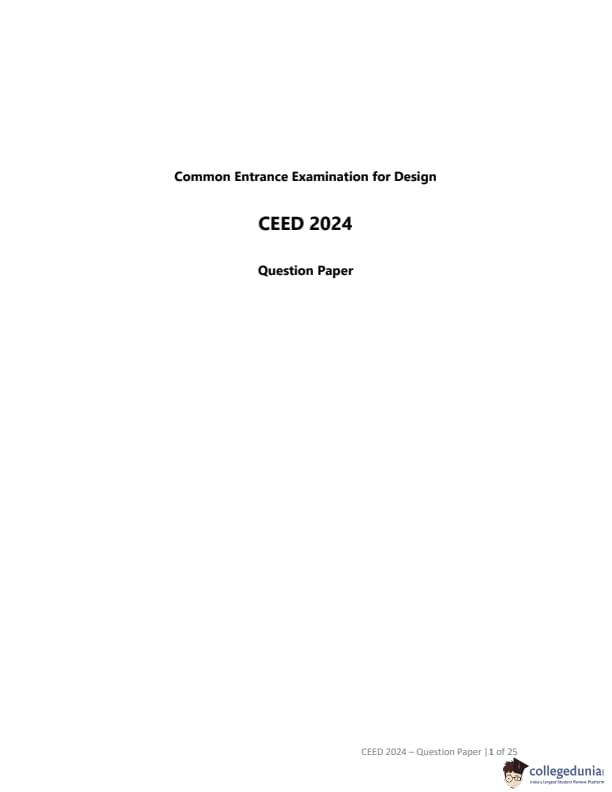
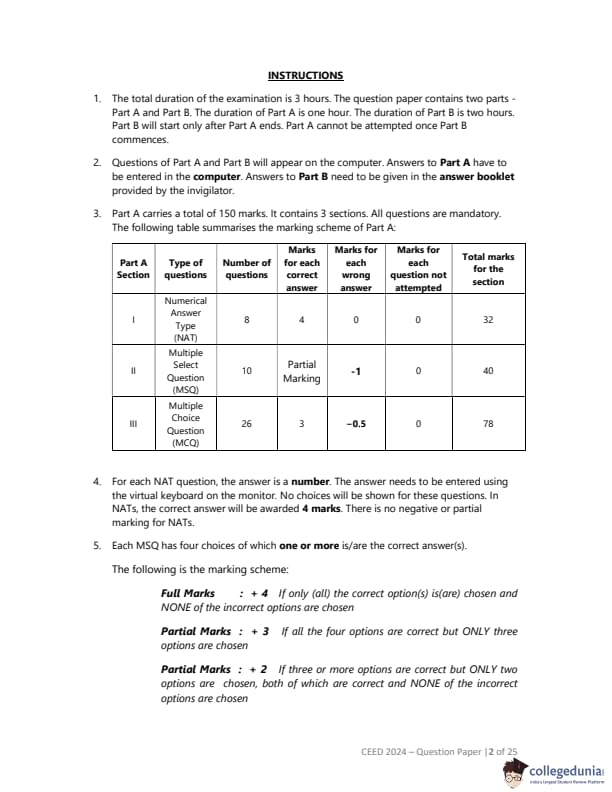
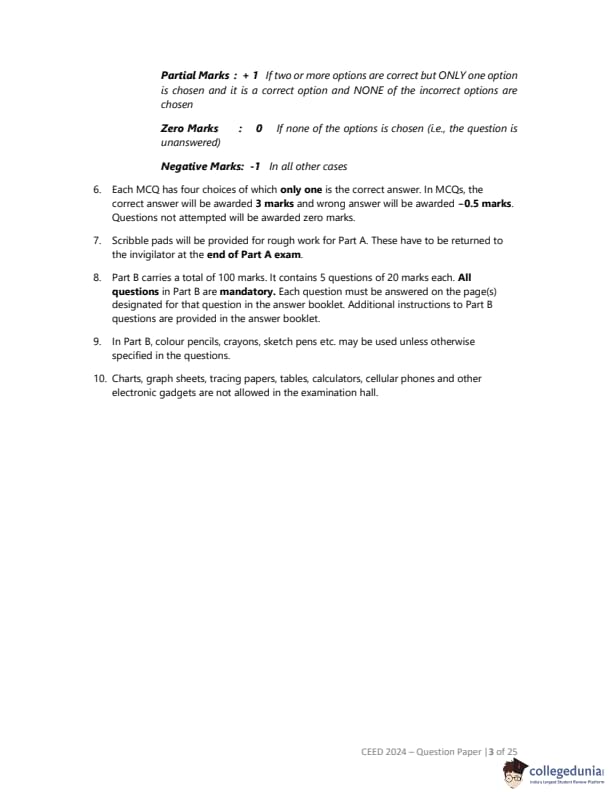
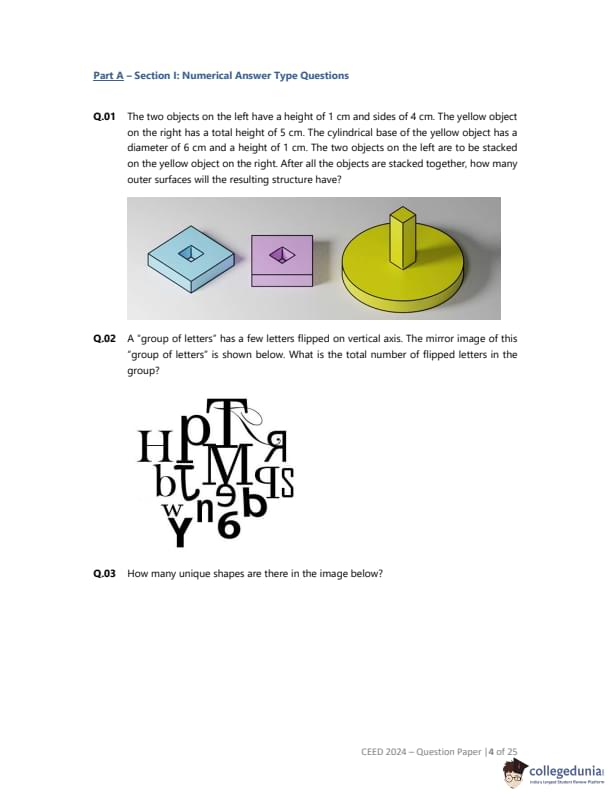
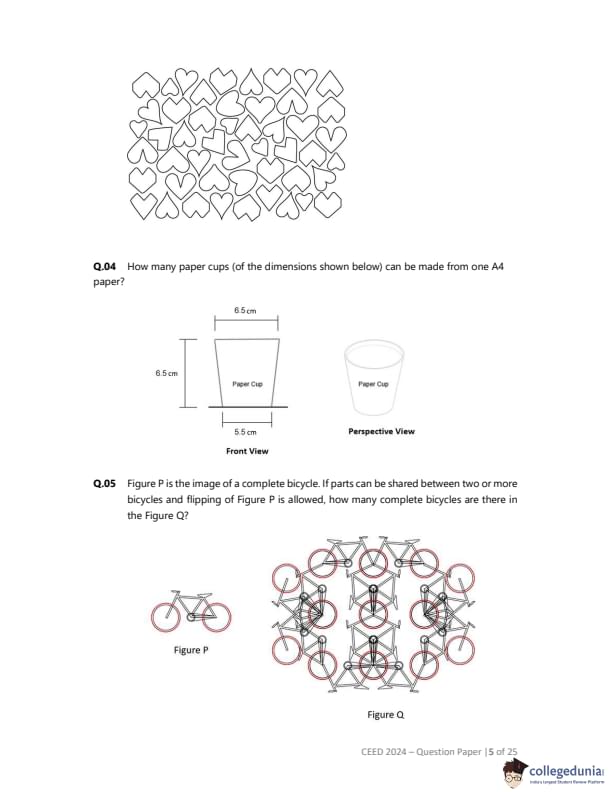
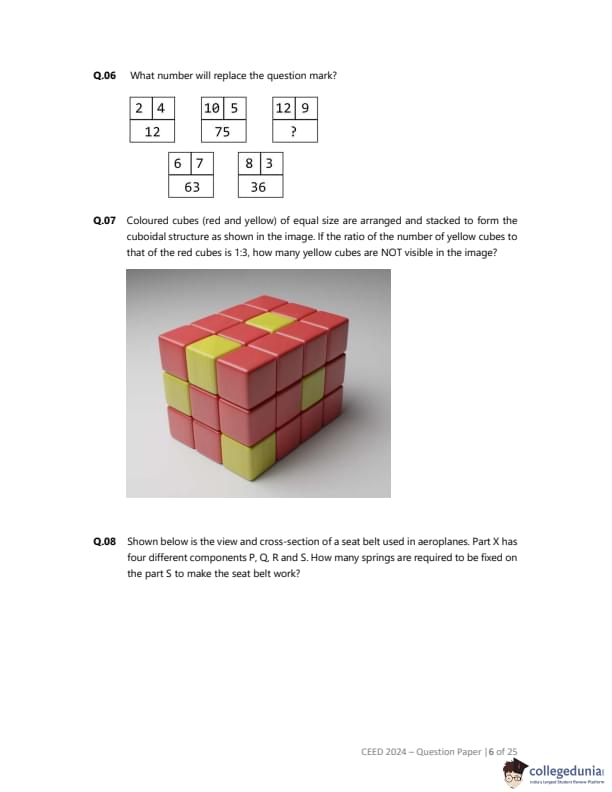
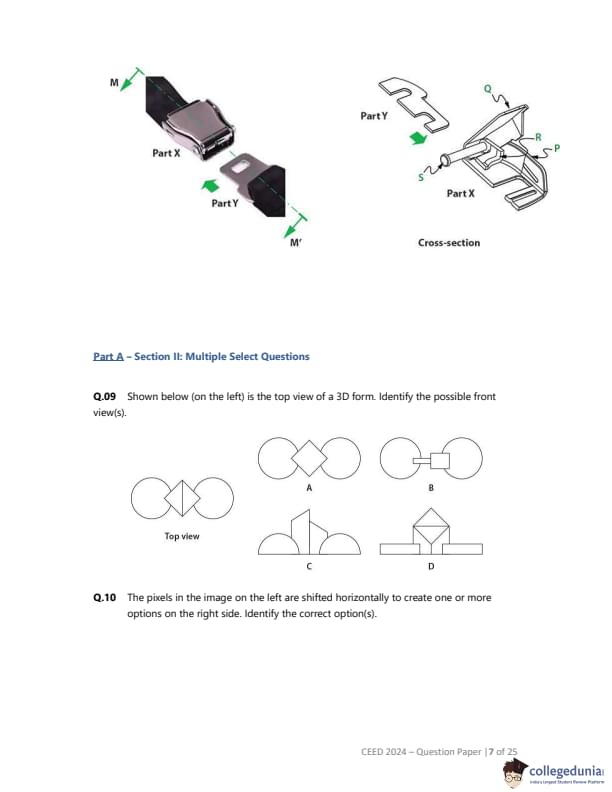
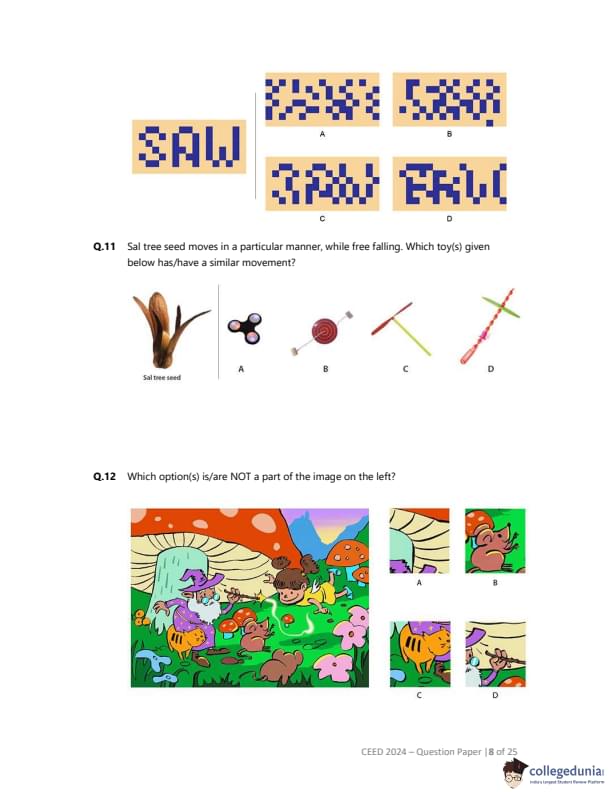
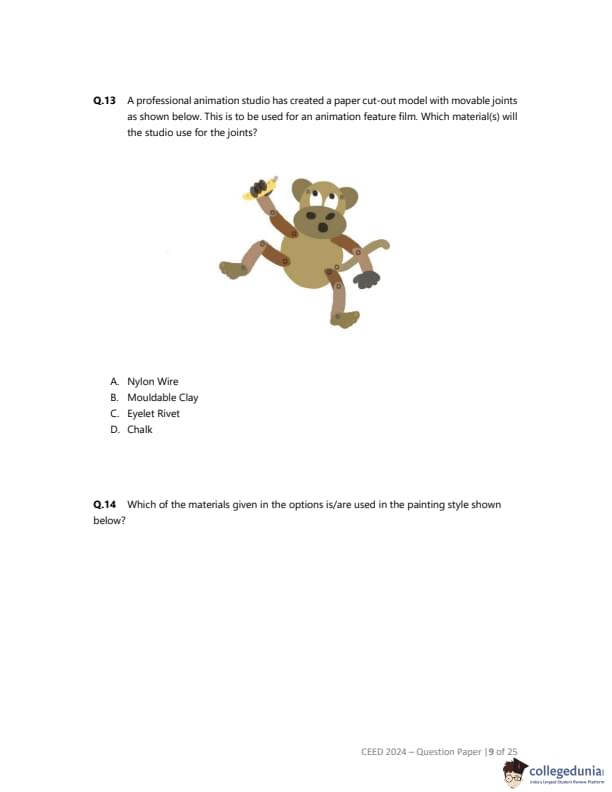
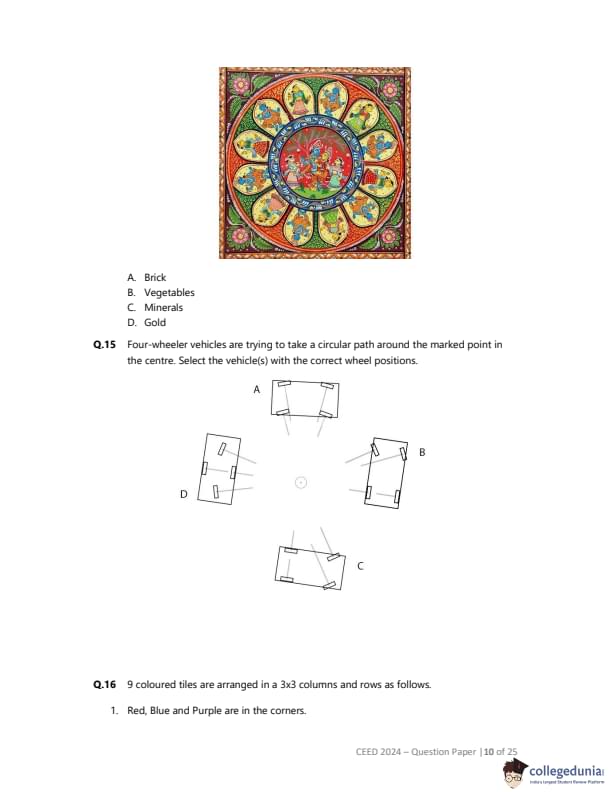
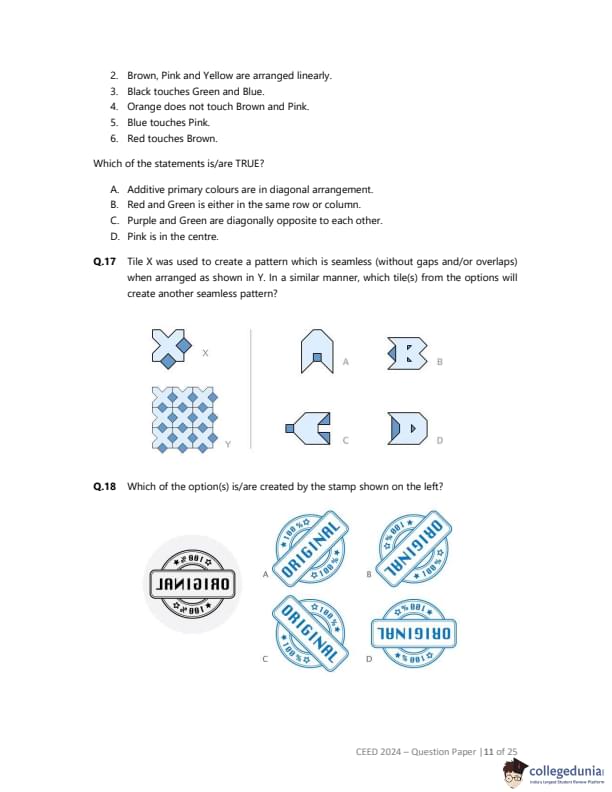
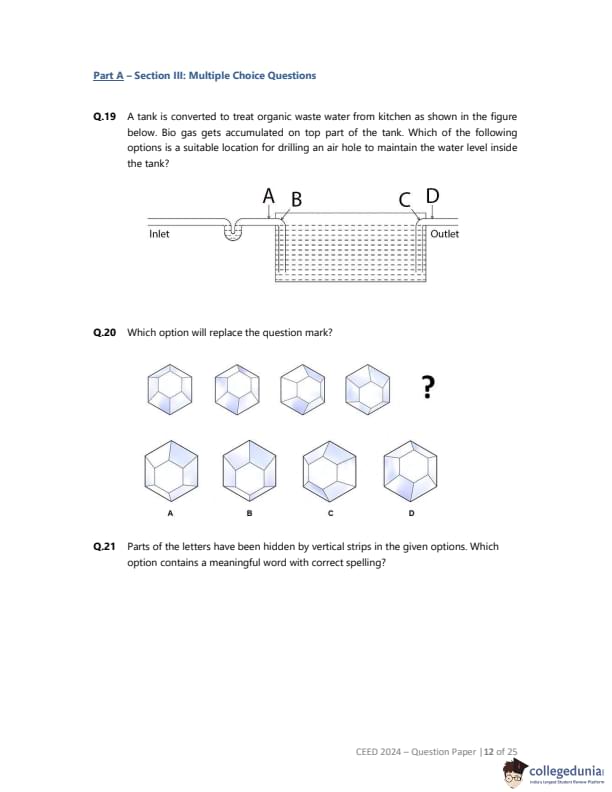
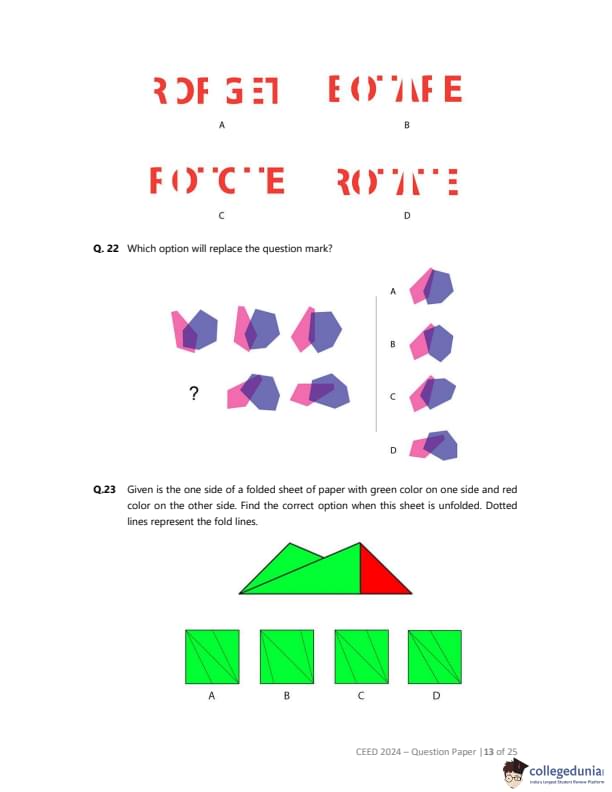
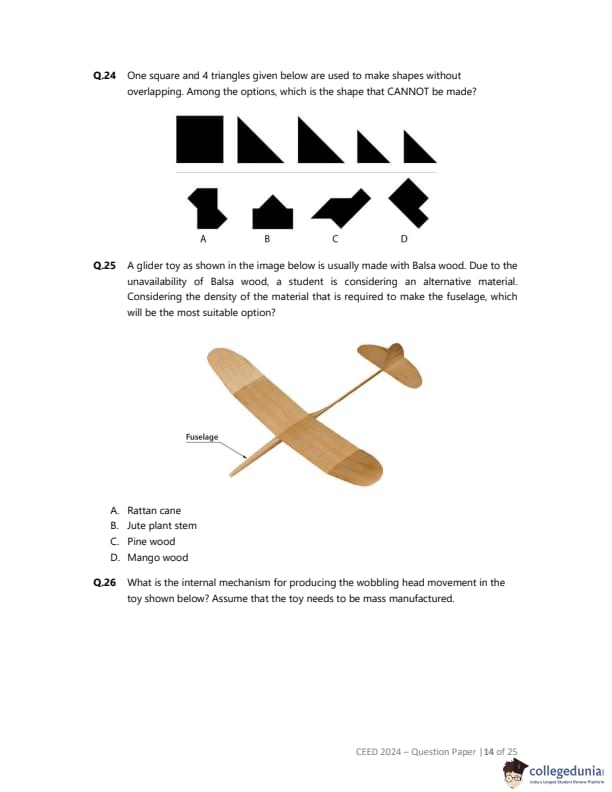
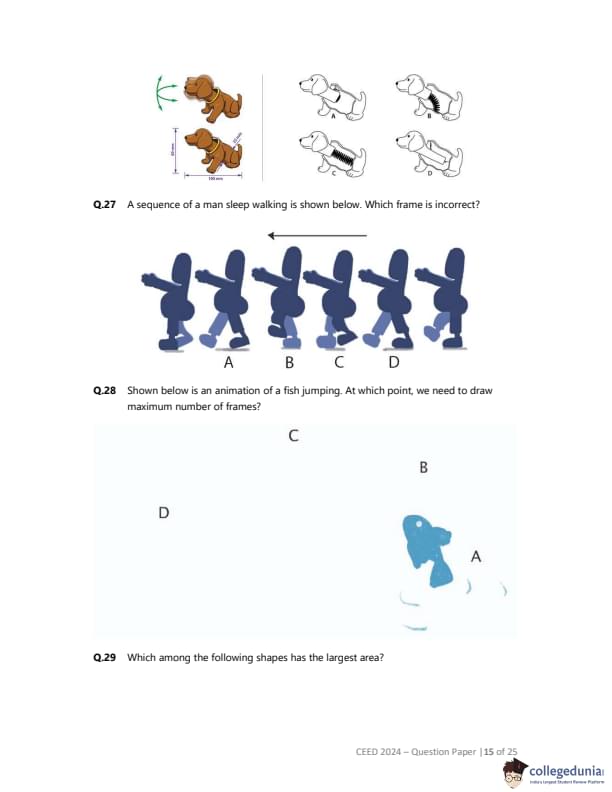
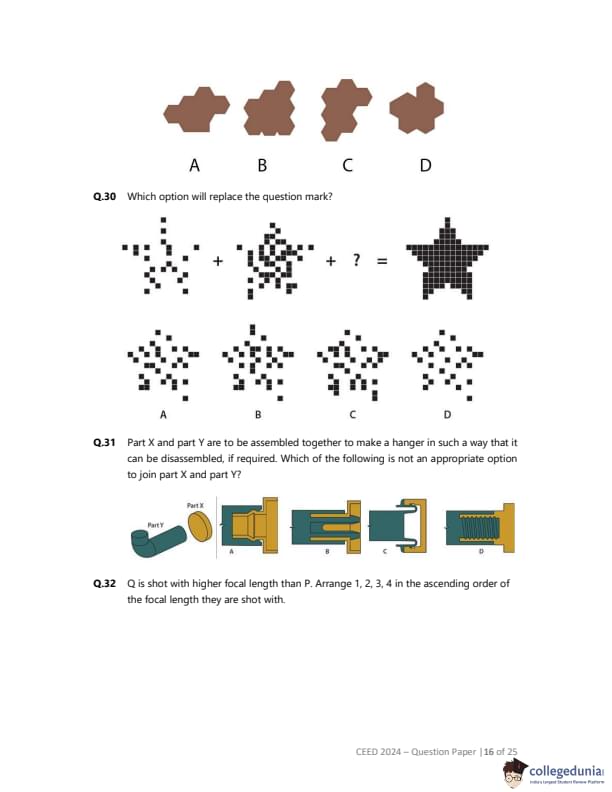
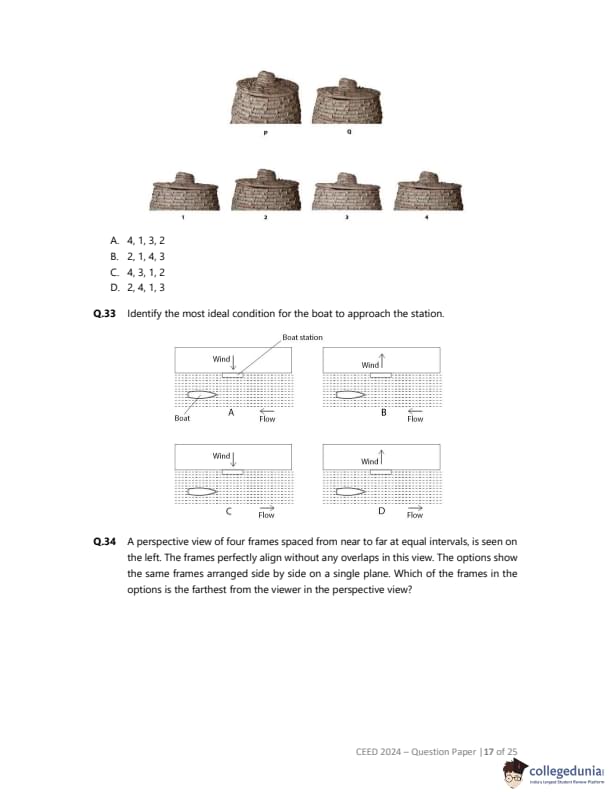
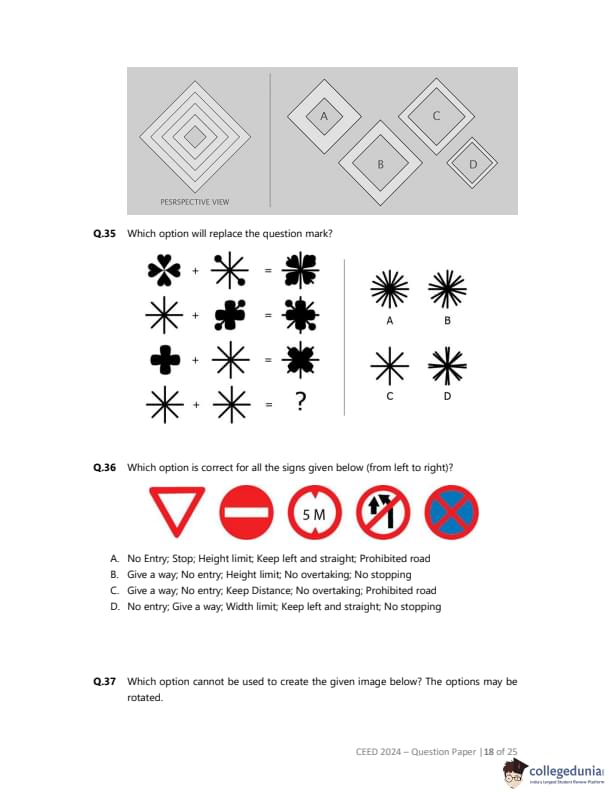
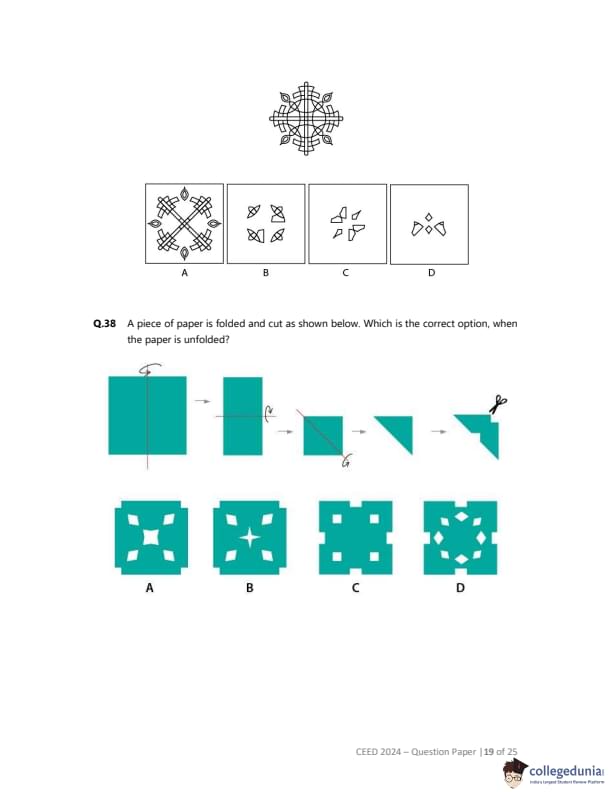
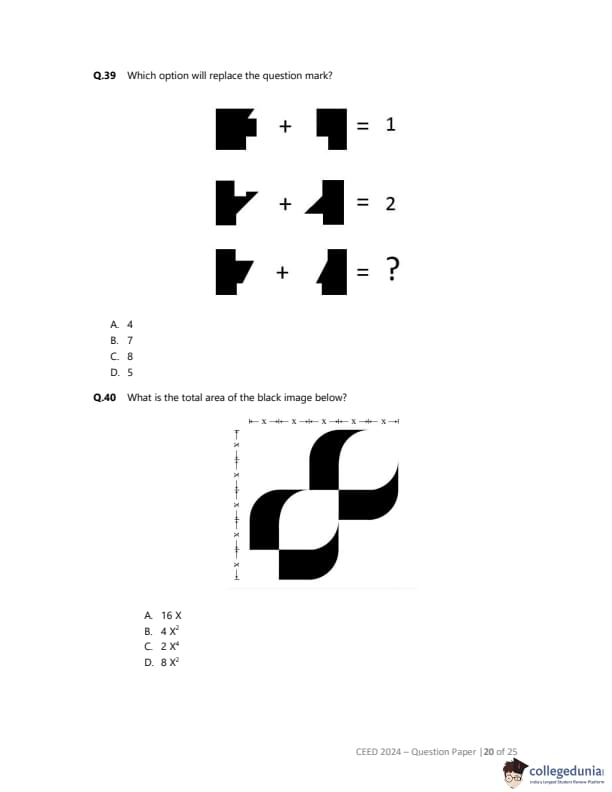
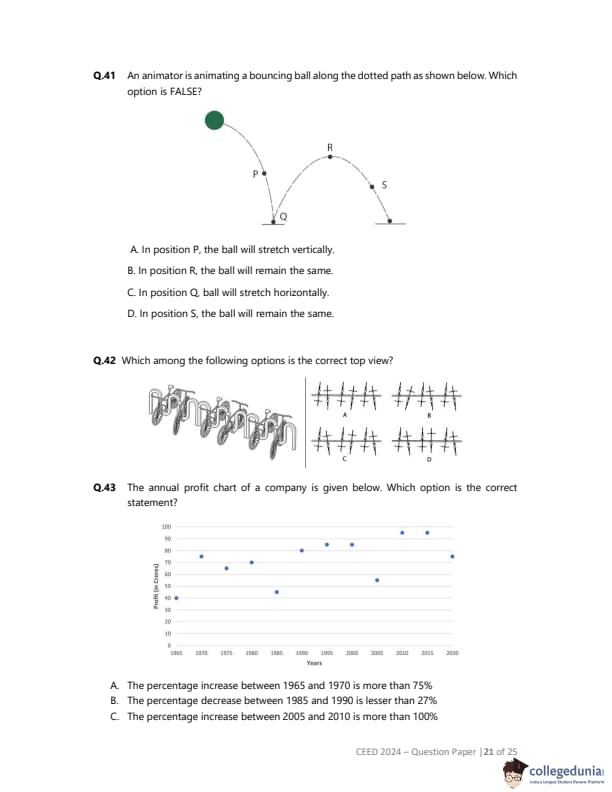
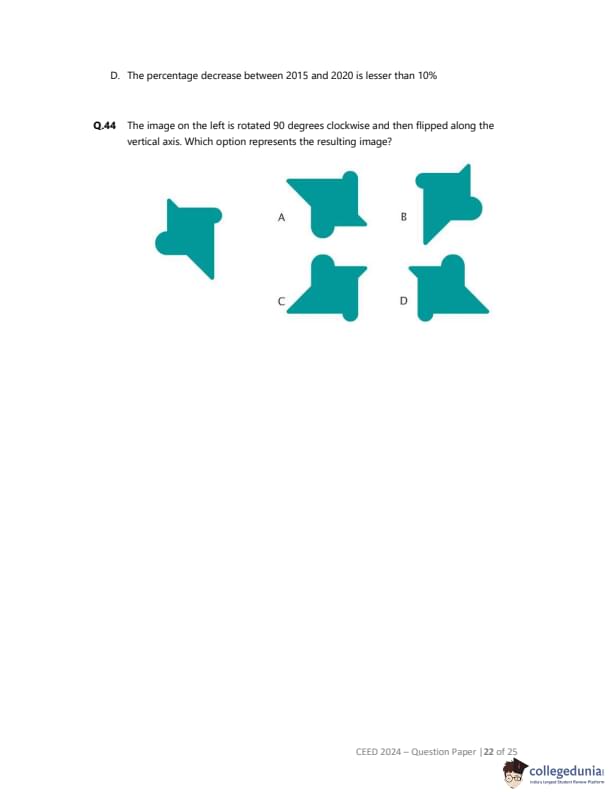
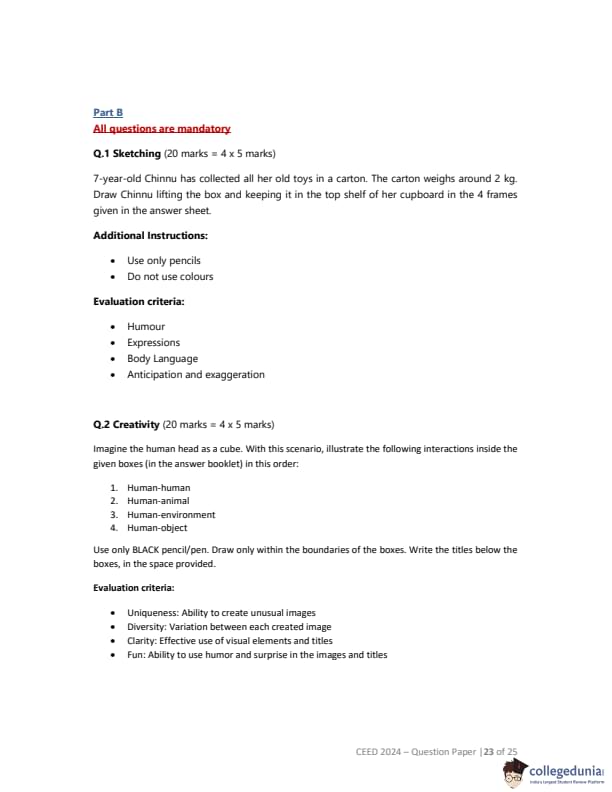
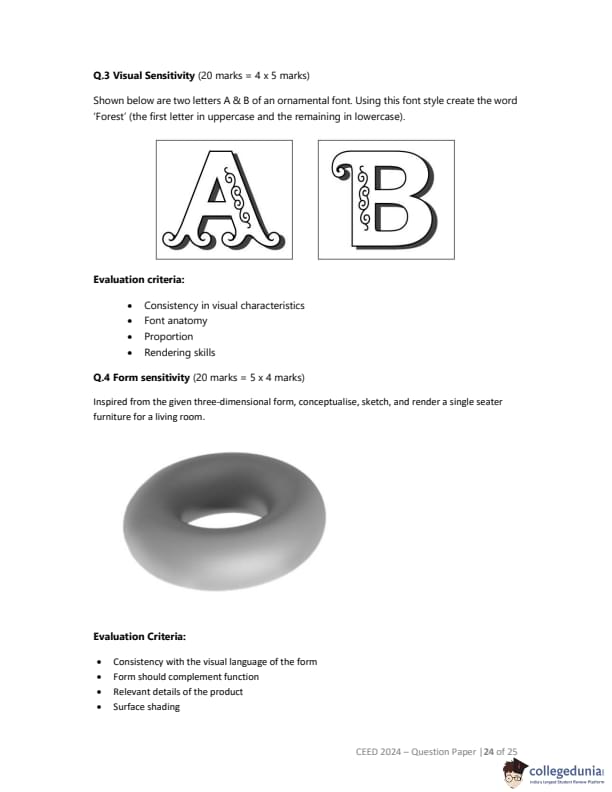
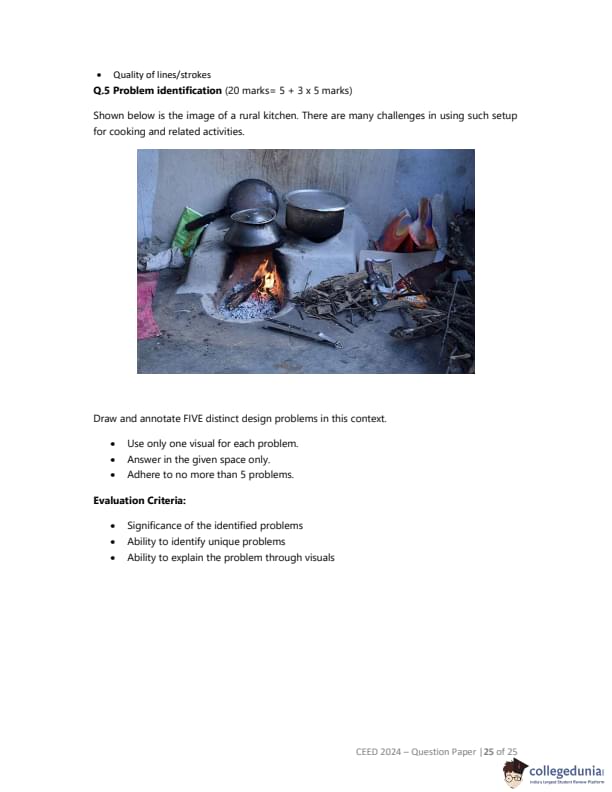
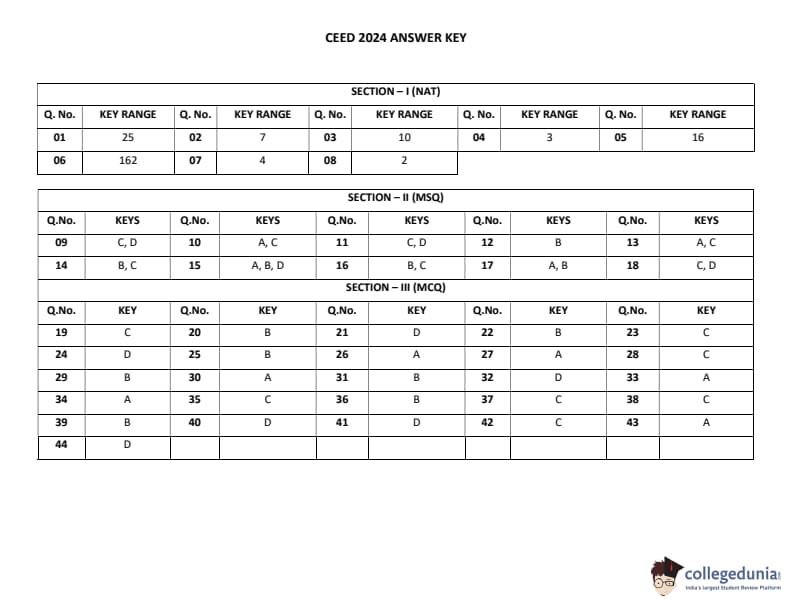













Comments